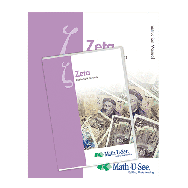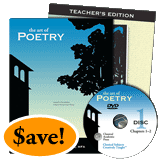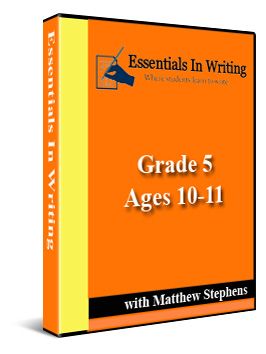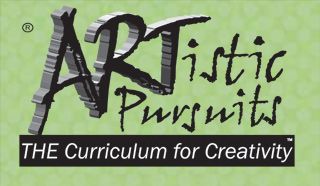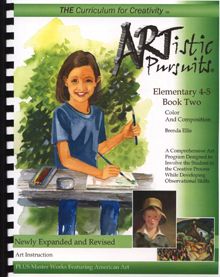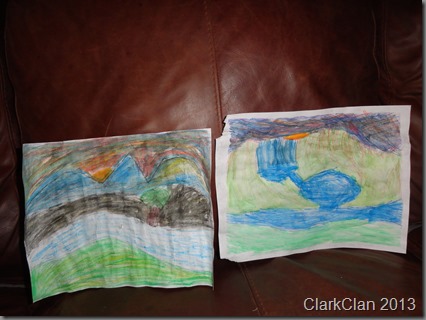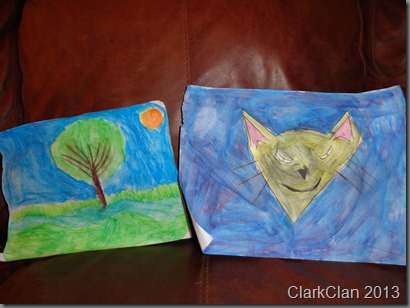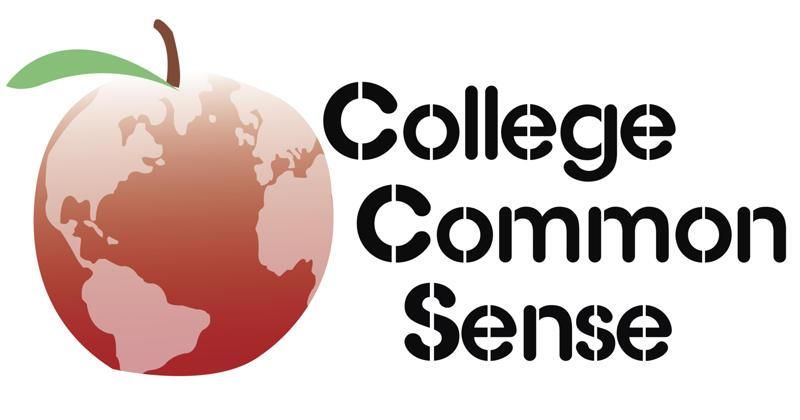
- Math U See
- Zeta level—Decimals and Percents
- written by Steve Demme
- full K-12+ math curriculum
- $45 Instruction Pack
- $30 Student Pack
- $22 Algebra/Decimal inserts
There are three things that make Math U See a unique math program.
- Concept teaching: The teaching of why the problem is solved in a certain manner and when to apply that concept. Learning concepts comes first, then memorizing facts and formulas and being able to apply this to life.
- Mastery Program: Students should understand each concept and be able to teach it. Review is also a constant during each lesson.
- Complete K-12 skill based, multi-sensory program: Manipulatives are used from Primer through Algebra1. Because of the unique nature of how each kid learns, Math U See uses many senses to help students understand the materials they have learned.

Each level of Math U See is not called by a grade level. Instead they use the Greek alphabet as the names of the books. This makes it easy to take the placement test, found online, and place your child in the appropriate book, regardless of grade level.
ClarkClan Experiences
We have used Math U See as our math curriculum for years. When I was given the chance to review the new updated versions, I was quite excited. I chose to review the Zeta level of Math U See. This is one book above the level Ben is working on right now. Ben is half-way through the Epsilon book and he was so excited by being able to try out the Zeta book, he agreed to work on lessons in both books.
In all honesty, this review will be based on the new updates that we experienced in the Zeta book, as well as what we like about this curriculum for all levels. Between my four kids, we have used Primer, Alpha, Beta, Gamma, Delta, Epsilon, Zeta, Algebra I, Geometry, and Algebra II. At this time, I have two children using Math U See. Ben, as mentioned earlier, and Rebekah who is working on the Delta level.
We first began to use Math U See with my daughter, Sarah, when she was about 8. She began with the Gamma level and continued on until she finished Zeta. She is now in a Christian school so has not used the high school levels. My older son Matthew, began using Math U See for Algebra I , Geometry, and Algebra II. Ben and Rebekah have used Math U See for their entire schooling career.
I like the approach that Math U See takes in tackling one topic at a time per book. The Alpha book focuses on basic addition and subtraction. The Beta book’s focus is advanced addition and subtraction. Gamma’s focus is multiplication, Delta is division, Epsilon is fractions and Zeta is decimals and percents.
This one topic was a new concept for me when we began. I quickly grew to like it as I watched Sarah, who knew nothing about multiplication, go from learning her basic facts to multiplying large numbers with ease.
I have also found that this is one curriculum that has fit all my children’s learning styles. Rebekah uses the manipulatives frequently for understanding, Ben only needs to use the manipulatives occasionally, but will watch the video multiple times if he is having trouble.
One of the new features of the Math U See curriculum is the addition of an “Application & Enrichment’ page. These pages provide unfamiliar contexts, or information in different formats. New concepts and challenges are part of this page. The instructions state that it is not necessary to master these concepts before going on to the next lesson. Exposure is the idea behind these pages.
Each student text is divided into about 30 lessons. Each lesson consists of 7 pages. The first three pages focus solely on the new material. The next three are review pages and the final page is the new Application and Enrichment. We work these lessons by first watching the video. If any concept needs more explanation than what was shown, I will re-teach it using the teacher’s manual. Then they work on the “A”page. If all the problems on “A” are correct, I let them skip to “D, E, F and G”. I always insist that they finish each of the review pages.
Strengths
Multi-Sensory – This, in my opinion, is one of the greatest strengths of Math U See. Touch, vision, and hearing are the three senses that are called upon in each lesson. Watching the lesson on DVD, you can watch Mr. Demme teaching the concept. Then using the manipulative helps to physically touch and make “real” the concepts.
In the lower levels, manipulatives are used extensively. The color coded manipulative block set is used in the lower levels, as well as in the upper levels using special decimal inserts for Algebra and decimal concepts. To teach fractions, there are fraction overlays that help visually cement these concepts.
Single Concept – One Concept is taught per lesson. The first three pages of each lesson focuses on the concept that was taught.
Review – Each lesson also includes three pages of review work. These pages work on previously learned concepts. They include concepts from the previous lessons as well as from previous levels.
Weaknesses
Examples – While watching the video, there are times that my kids found that they needed more examples worked out. I solve this by following the teacher’s guide and adding examples, as needed.
Recommendation
I would highly recommend Math U See for all grades. I like the results I see for,the younger grades, but also know from past experiences that the levels work from Primer up through Algebra II. Math U See gives a good, solid, math education.
Some of my Crew Mates reviewed Math U See as well as I. Visit the Crew Blog to read more about what others thought.


